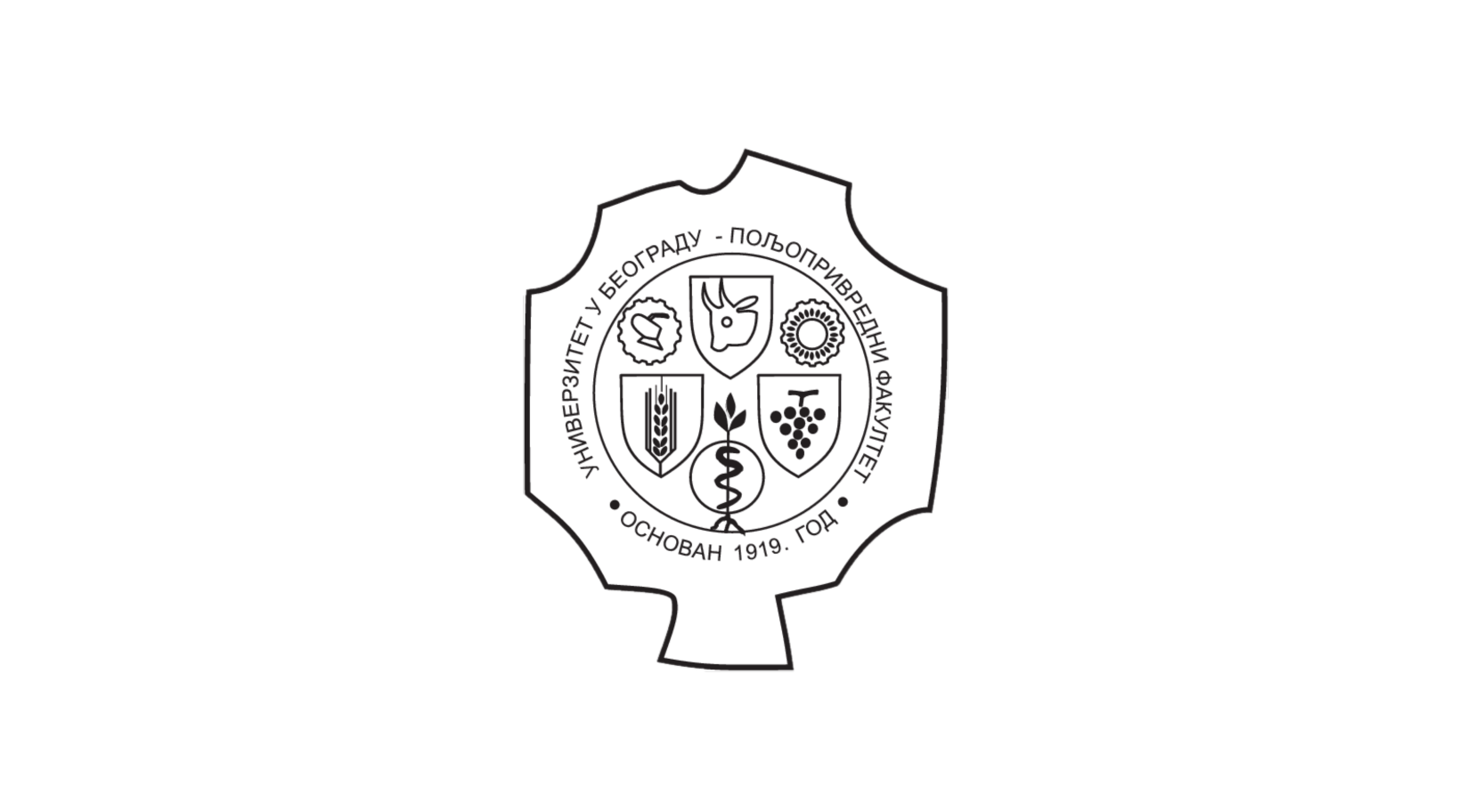Приказ основних података о документу
Yield, quality and safety of yellow gentian roots produced under dry-farming conditions in various single basal fertilization and planting density models
| dc.creator | Marković, Tatjana | |
| dc.creator | Radanović, Dragoja | |
| dc.creator | Nastasijević, Branislav | |
| dc.creator | Antić-Mladenović, Svetlana | |
| dc.creator | Vasić, Vesna | |
| dc.creator | Matković, Ana | |
| dc.date.accessioned | 2020-12-17T22:35:27Z | |
| dc.date.available | 2020-12-17T22:35:27Z | |
| dc.date.issued | 2019 | |
| dc.identifier.issn | 0926-6690 | |
| dc.identifier.uri | http://aspace.agrif.bg.ac.rs/handle/123456789/5022 | |
| dc.description.abstract | Yellow gentian (Gentiana lutea ssp. symphyandra (Murb.) Hayek) is a high-mountainous perennial spontaneously growing on meadows and open slopes of the Eastern part of the Alps and the Balkan Peninsula. While the excessive exploitation endangered its survival in the nature in many European countries, the orientation to its large-scale production enables its protection at natural stands and satisfaction of increasing market demands for its roots, a highly-valuable herbal drug (Gentianae radix). During the six-year field trial established with Yellow gentian nursery plants on black water-air permeable and biodegradable film, in dry farming conditions of Mountain Tara (Serbia), the influence of a sigle basal application of farm yard manure and mineral fertilizer, at different planting densities (11.1, 13.3 and 16 plants m(-2)) on produced yield (roots), has been investigated. Single dose fertilization positively influenced the yields but did not provide optimal supplies for cultivated crop in the second part of experiment. It depended on crop age, planting density but also the climatic conditions. In the second part of plant production period, particulary in denser establishemnts, additional fertilization should be applied. Providing the appropriate amounts of fertilizers, Yellow gentian can be successfully grown even in the densest planting model (16 plants m(-2)), which is quite important in respect to the economic feasibility of cultivation. Similar yields achieved in mineral and organic treatments (4.51 kg m(-2) and 4.85 kg m(-2) of fresh root, respectively), suggest the roots might be successfully produced in both, conventional and organic cultivation model. In attempt to estimate impact of fertilization treatments on chemical quality of produced raw material (Gentianae radix) the content of several pharmacological constituents (loganic acid, swertiamarin, gentiopicroside, sweroside, amarogentin and isogentisin) was evaluated; gentiopicroside and loganic acid were the most dominant ones, regadless the fertilization, whereas the content of isogentisin was significantly increased in both, organic and mineral fertilization model, and content of sweroside, only in mineral model. With regard to the safety of produced raw material, the contents of biogenic (Fe, Mn, Zn, Cu) and non-biogenic (Pb) trace elements were analyzed; all trace elements were within the safty limits except the Cd content which slightly exceeded the limit. | en |
| dc.publisher | Elsevier Science Bv, Amsterdam | |
| dc.relation | info:eu-repo/grantAgreement/MESTD/Integrated and Interdisciplinary Research (IIR or III)/46008/RS// | |
| dc.relation | info:eu-repo/grantAgreement/MESTD/Technological Development (TD or TR)/31072/RS// | |
| dc.relation | info:eu-repo/grantAgreement/MESTD/Basic Research (BR or ON)/172023/RS// | |
| dc.rights | restrictedAccess | |
| dc.source | Industrial Crops and Products | |
| dc.subject | Gentiana lutea ssp. Symphyandra | en |
| dc.subject | Fertilization | en |
| dc.subject | Planting density | en |
| dc.subject | Biodegradable film | en |
| dc.subject | Gentianae radix | en |
| dc.title | Yield, quality and safety of yellow gentian roots produced under dry-farming conditions in various single basal fertilization and planting density models | en |
| dc.type | article | |
| dc.rights.license | ARR | |
| dc.citation.epage | 244 | |
| dc.citation.other | 132: 236-244 | |
| dc.citation.rank | aM21 | |
| dc.citation.spage | 236 | |
| dc.citation.volume | 132 | |
| dc.identifier.doi | 10.1016/j.indcrop.2019.02.027 | |
| dc.identifier.scopus | 2-s2.0-85061791629 | |
| dc.identifier.wos | 000464485400025 | |
| dc.type.version | publishedVersion |


